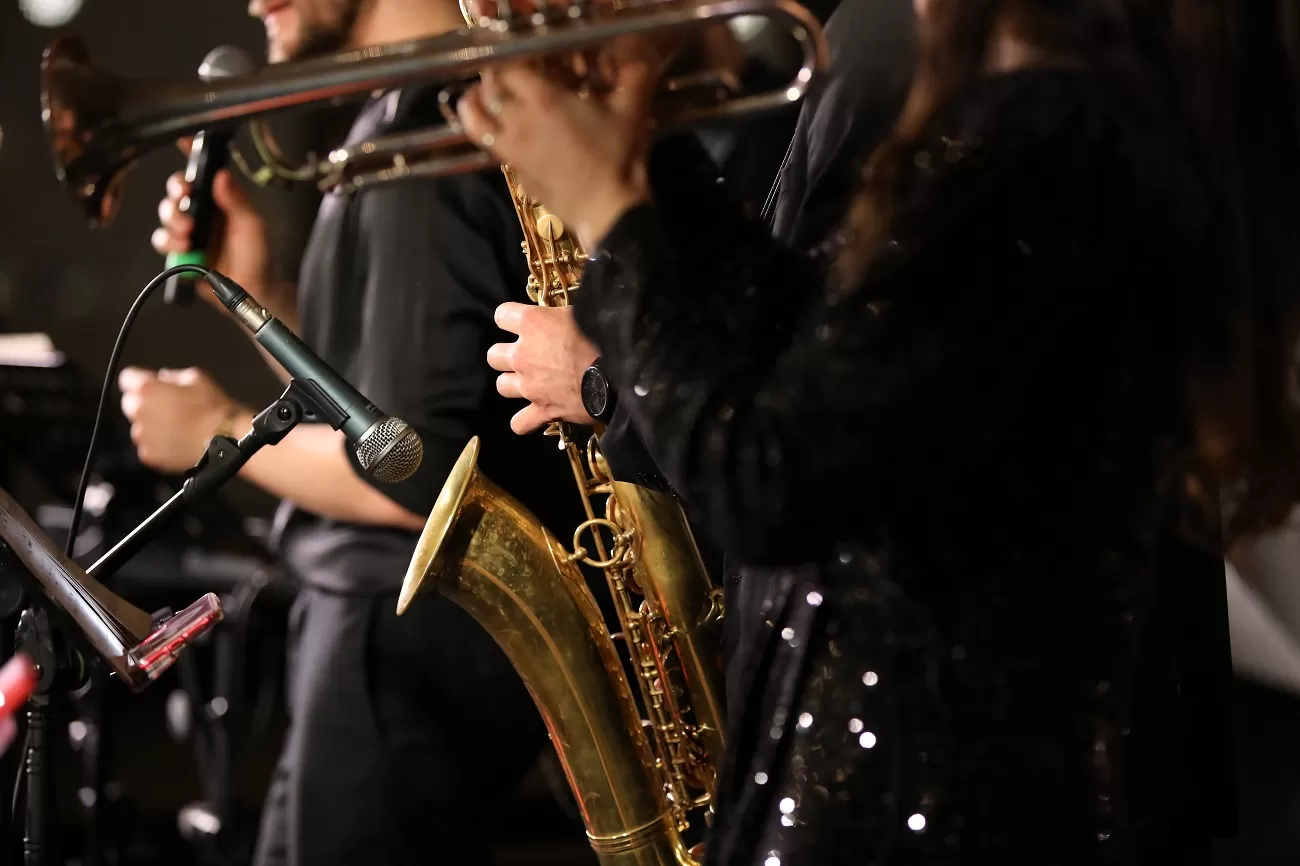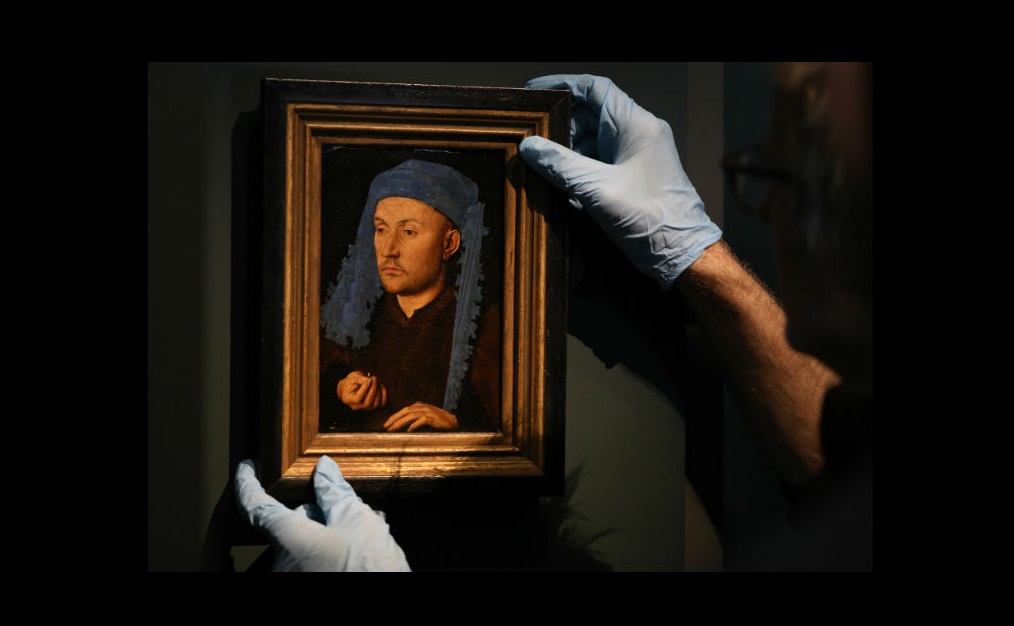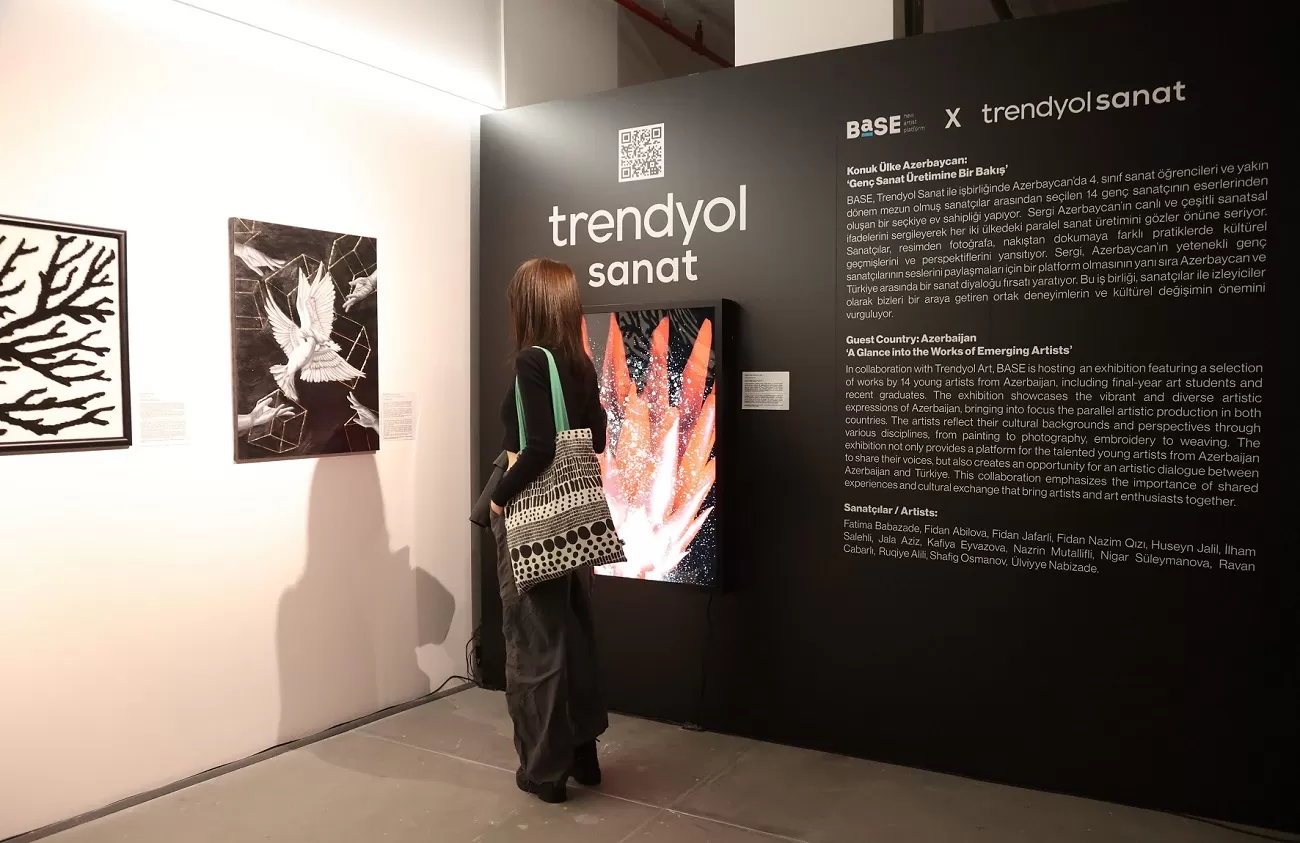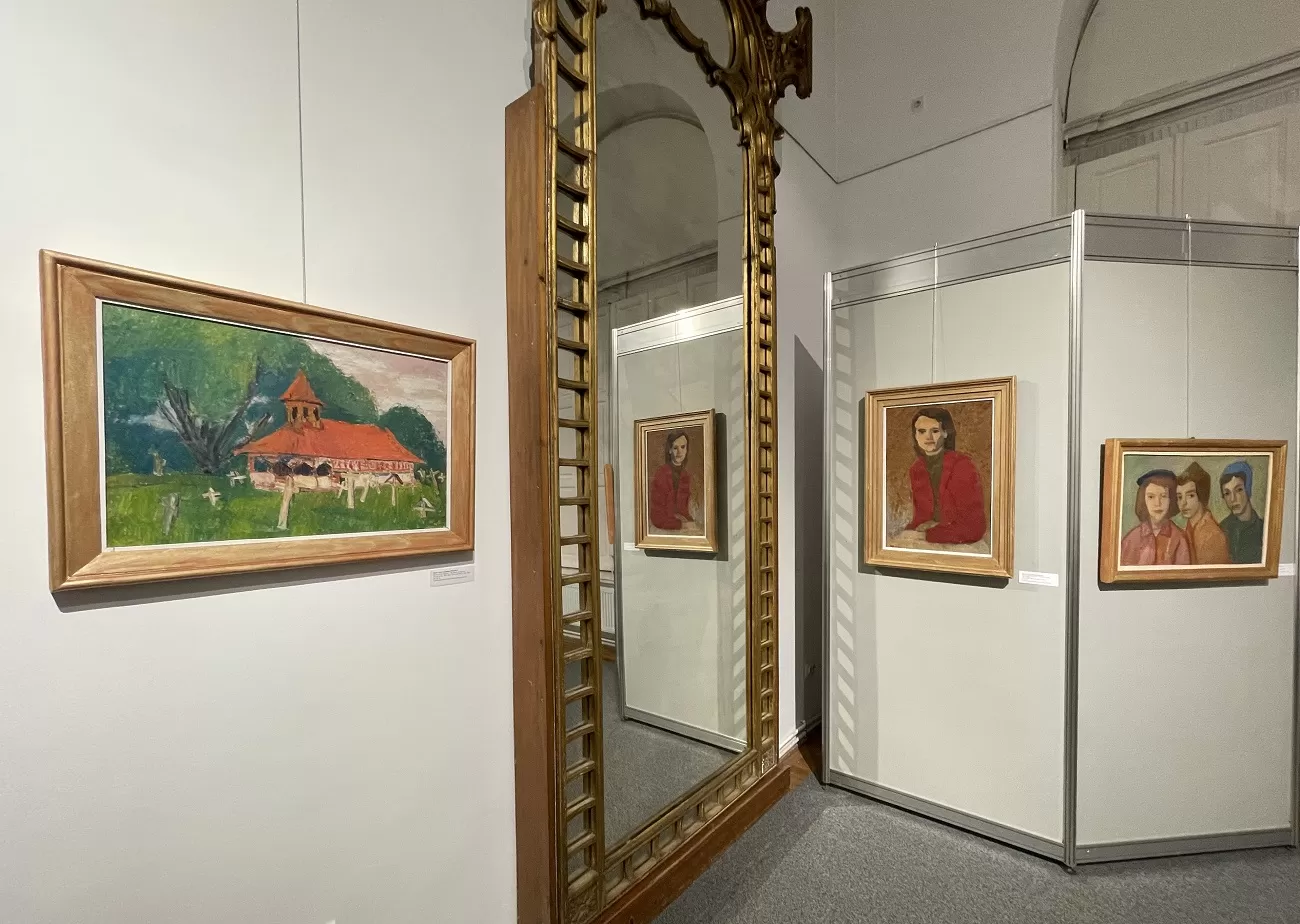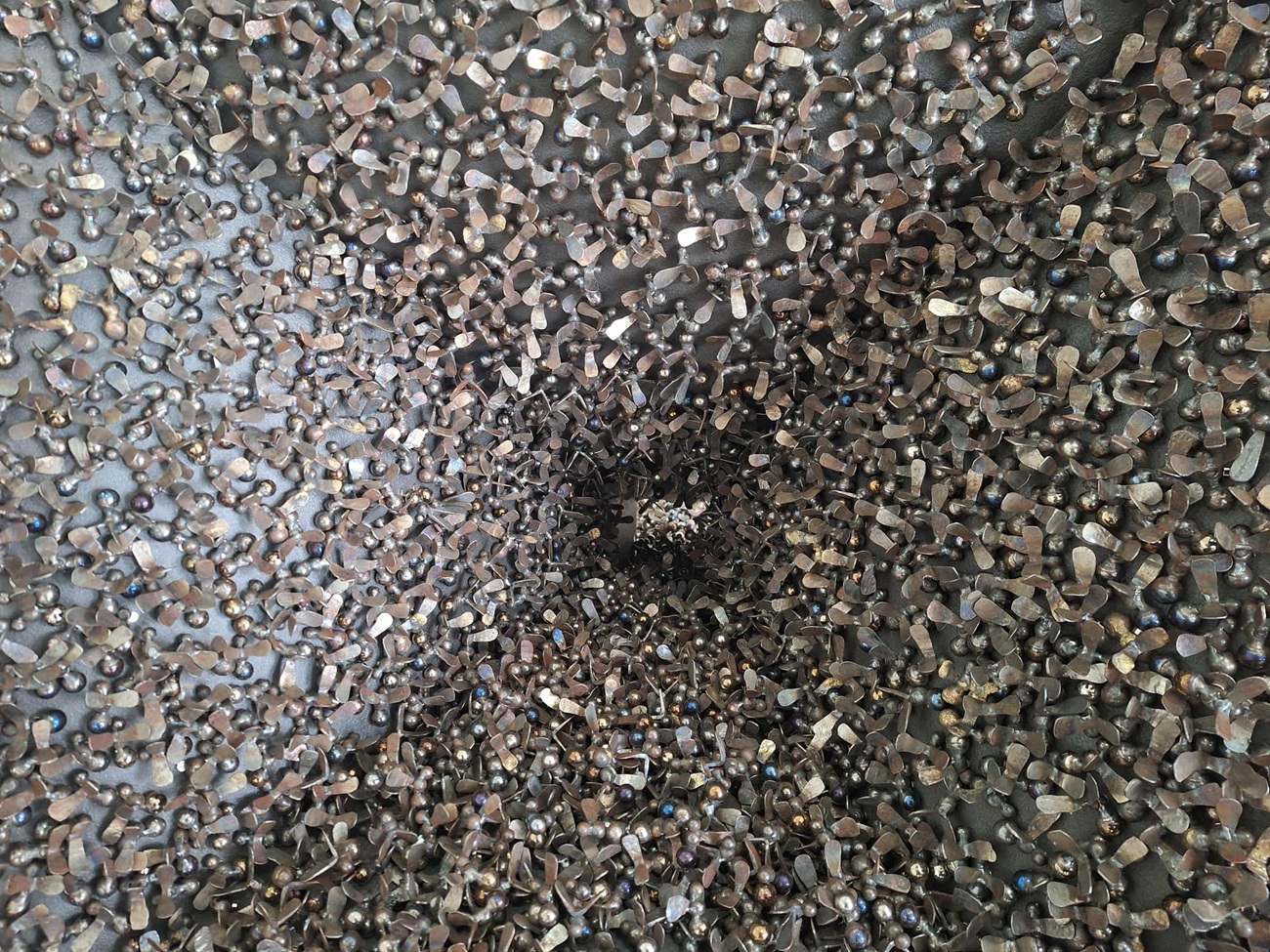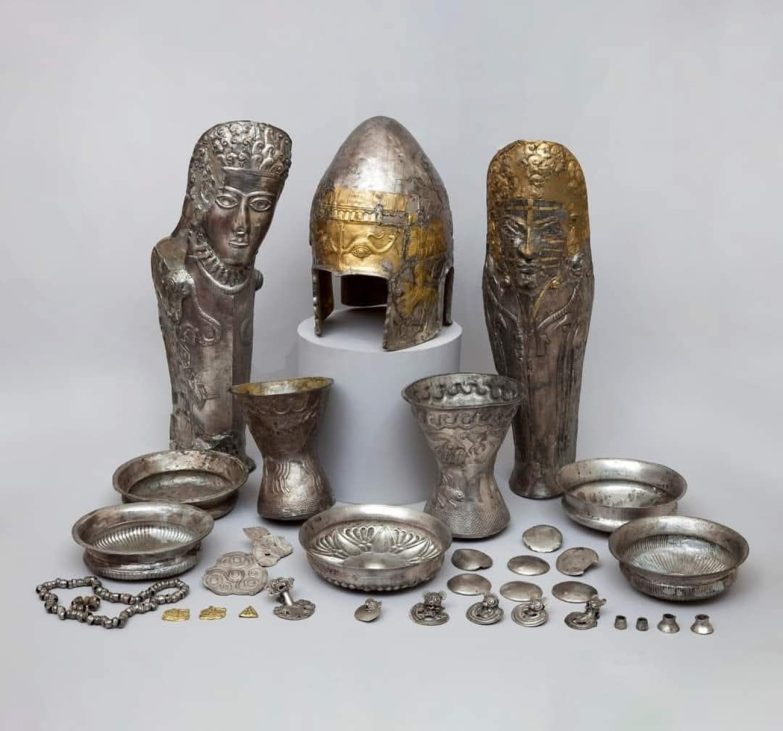
Parade helmet from the MNIR’s heritage, in the first exhibition on Thrace at the Getty Villa in Los Angeles
“Ancient Thrace and the Classical World: Treasures from Bulgaria, Romania and Greece” is on view at the Getty Museum in Los Angeles until March 3. Devastating fires in the area have not affected the artifacts. From National Museum of Romanian HistoryThe Agighiol parade helmet is on display here. The region of Thrace and its people – the Thracians – represent a place and a culture that many museum visitors may never have heard of, but this exhibit argues that Thrace should be on everyone’s radar and that a deeper knowledge and appreciation of Thrace is essential to understanding Mediterranean antiquity. Although the heartland of Thrace was located in what is now central Bulgaria, Thracian tribes also occupied a significant part of present-day Romania. Settlements were located on the banks of the Danube (ancient Istros), and rich tombs have been discovered about a hundred miles further north. The silver and gold objects discovered near the Romanian village of Agighiol come from an aristocratic tomb from the 4th century BC. They date back to the Odrysian kingdom and show similarities with the metallurgy of southern Thrace, demonstrating that the different Thracian tribes were in close contact during this period. In north-eastern Dobrogea, near the southern arm of the Danube before it flows into the Black Sea, in the municipality of Agighiol in Tulcea county, in a place called Movila lui Uță, in 1931 treasure hunters discovered a treasure trove, later recovered by the authorities. This is the source of the parade helmet currently on display in the USA.
The most famous treasures discovered in Thrace
“Ancient Thrace and the Classical World” is the first U.S. exhibit to focus on Thrace since the 1990s and is the first to be hosted on the West Coast, reaching Los Angeles audiences and visiting audiences both nationally and internationally. Featuring loans from fourteen different Bulgarian museums, the exhibition is the result of a collaboration between the Getty and the Bulgarian Ministry of Culture, as well as the National Institute of Archaeology and the Museum of the Bulgarian Academy of Sciences, with significant additional loans from Romania and Greece. On display are some of the most famous finds from Thrace. Many of the precious metal objects from Thrace were discovered by chance, found buried in the ground without any recognizable context, such as a settlement or tomb. These treasures were evidently hidden by their owners during periods of political turmoil and were never claimed, but the specific circumstances of their burial remain unknown. Some of the most remarkable finds that visitors see are a set of nine golden vessels from Panagyurishte, several silver vessels from Rogozen and gilded silver horse accessories from Letnitsa and Galiche (all in Bulgaria).
Photo credit: National Museum of Romanian History






